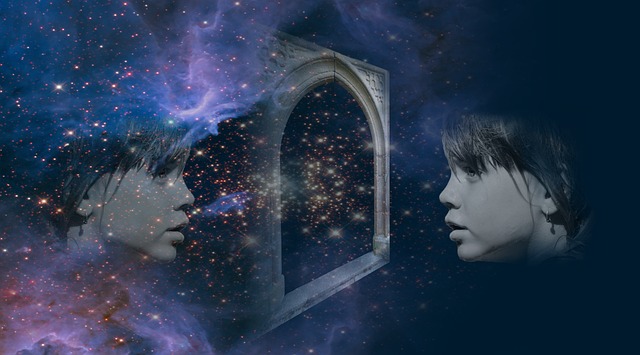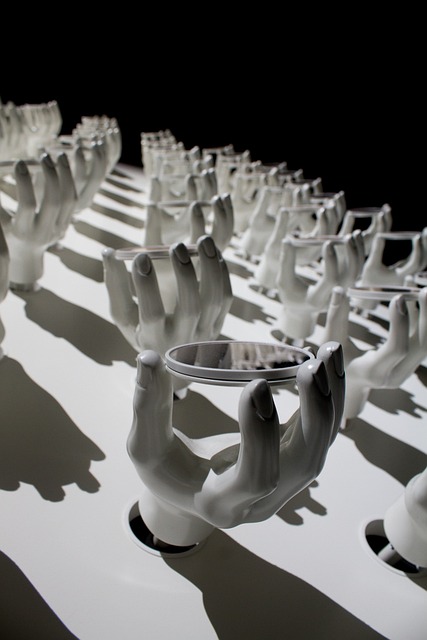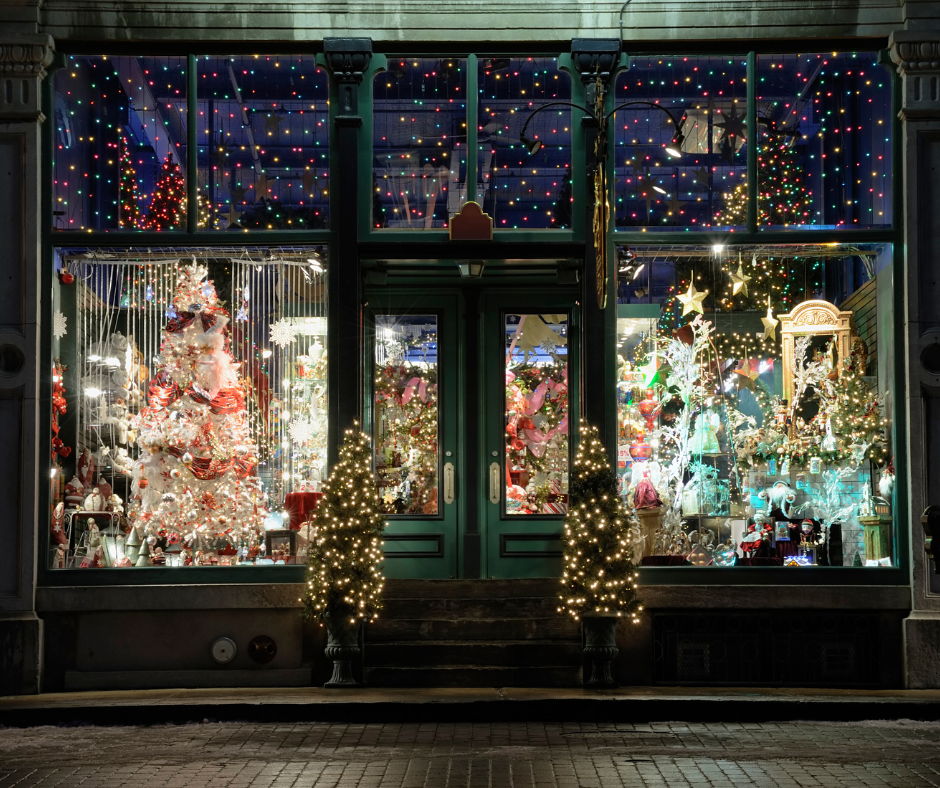No, you cannot see shadows in a mirror. Mirrors reflect light, but they don’t reproduce shadows because they only show the reflection of objects, not the absence of light.
Mirrors, widely used for their reflective properties, can often be a source of intrigue and curiosity. As we gaze into them, we may wonder about the phenomena they exhibit, such as reflections, distortions, and even shadows.
Now, Can You See Shadows in A Mirror?
Shadows, typically associated with objects blocking the path of light, may seem paradoxical regarding mirrors.
Nevertheless, light and its interaction with mirrors can create the illusion of shadows within their reflective surfaces.
However, it is important to understand the nature of these shadows in relation to the properties of mirrors and the angles at which light interacts with them.
Exploring this phenomenon can deepen our understanding of the captivating world of optics and the intriguing nature of mirrors.
How Does Mirror Work?
A mirror operates through the principle of reflection. It consists of a thin layer of reflective material, such as aluminum or silver, on the back of a glass panel.
When light rays hit the mirror’s surface, they bounce off, obeying the law of reflection the angle of incidence equals the angle of reflection. This creates a virtual image that appears to be behind the mirror at the same distance as the object in front.
The smoothness of the mirror’s surface is crucial to maintaining the direction of the reflected rays, ensuring a clear and accurate image.
This fundamental property of mirrors enables them to faithfully replicate objects and scenes, making them essential tools in everyday life for tasks ranging from personal grooming to scientific observation.
Can You See Shadows in A Mirror?

The interaction between light and mirrors often sparks questions about the visibility of shadows within reflective surfaces. Mirrors can mimic objects and their surroundings well but can’t show shadows due to their distinct characteristics.
Now, can you see shadows in a mirror?
Shortly, shadows don’t appear in the mirror. A mirror reflects light and the images of objects, but it does not reproduce shadows.
When an object blocks light, it creates shadows, resulting in an area of darkness behind the object. However, a mirror’s reflective surface only shows what is in front of it and doesn’t capture the absence of light required to form shadows.
Even if you place an object casting a shadow in front of a mirror, the mirror will reflect the object and its surroundings but won’t show the shadow itself.
Mirrors play with the direction of light to create reflections, making them unable to depict the lack of light that forms shadows.
Factors Influence the Presence of Shadows
The interplay of light and shadows is a captivating phenomenon shaped by multiple factors. These include the angle and intensity of light, object characteristics, and surface properties.
Interestingly, mirrors do not show shadows because they reflect light uniformly, preventing the formation of contrast necessary for shadow visibility.
Here are the Factors Influencing the Presence of Shadows in the mirror:
Light Source Position: The angle and direction of the light source impact where shadows are cast. Lower angles create longer shadows, while higher angles may reduce or eliminate shadows.
Object Size and Shape: An object’s size and shape determine how complex and large its shadow will be. Irregular shapes can lead to distorted or unique shadow formations.
Intensity of Light: Bright light sources produce well-defined shadows, whereas dim light can lead to faint or blurry shadows.
Surface Texture: Textured surfaces can cast shadows that reveal intricate details, adding complexity to the shadow’s appearance.
Obstruction: The presence of other objects between the light source and the surface can block or modify the shape of shadows.
Transparency and Opacity: Transparent objects may create translucent or colored shadows, while opaque objects cast solid, darker shadows.
Distance from Light Source: Objects closer to the light source cast larger, more prominent shadows, while objects farther away may have smaller, less distinct shadows.
Reasons Why Shadows May or May Not Be Visible in Mirrors

The visibility of shadows in mirrors is a dynamic interplay of light, angles, and reflective surfaces. Various factors influence whether shadows appear, such as the angle of incidence, the mirror’s reflective quality, and the light source’s direction.
And here are the Reasons Why Shadows May Not Be Visible in Mirrors:
Shadows Are Not Visible:
- Reflective Nature: Mirrors reflect light, showing the objects in their path, but they do not reproduce the absence of light that forms shadows.
- Light Reflection: Mirrors bounce back light rays, preserving the direction of light, which prevents the formation of areas with reduced light or shadows.
- Image Replication: Mirrors replicate what is in front of them, including the objects and their details, but they do not mirror the concept of shadows.
Shadows Can Appear Illusory:
- Lighting Angles: Changing angles of light can create darker areas on mirrors, resembling shadows, although they are not true shadows.
- Visual Effects: Manipulating lighting can lead to shadow-like effects on the mirror’s surface, giving the impression of shadows, even though they are not genuine shadows.
- Misinterpretation: Observers might perceive these effects as shadows due to the familiarity of shadows in everyday life.
FAQs
Can you see shadows in a mirror?
No, shadows are areas where light is blocked, and mirrors reflect light. Thus, shadows aren’t visible in mirrors.
Why don’t mirrors show shadows?
Mirrors reflect the light that hits them, reproducing the image of objects. Shadows occur when light is obstructed, which doesn’t happen on mirror surfaces.
Can you create illusions of shadows on mirrors?
Yes, by manipulating lighting angles, you can create the appearance of darker areas on mirror surfaces, resembling shadows. However, these aren’t actual shadows.
What happens if I place an object between a mirror and a light source?
The object will cast a shadow in the direction away from the mirror. The mirror will reflect the object but won’t show the shadow itself.
Do mirrors change how shadows behave?
Mirrors themselves don’t affect shadow behavior. Shadows form based on the object blocking light, regardless of whether a mirror is present to reflect the surroundings.
Top of Form
Conclusion
Mirrors and shadows behave differently due to their distinct interactions with light, causing shadows to be absent in mirror reflections. However, certain conditions can lead to the appearance of shadow-like effects on mirror surfaces.
But can you see shadows in a mirror?
Certainly not. Mirrors reflect light uniformly, preventing the contrast needed for shadow formation. Consequently, shadows are not visible in mirrors as they require variations in light intensity caused by obstructions, which mirrors do not produce.











